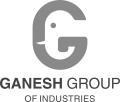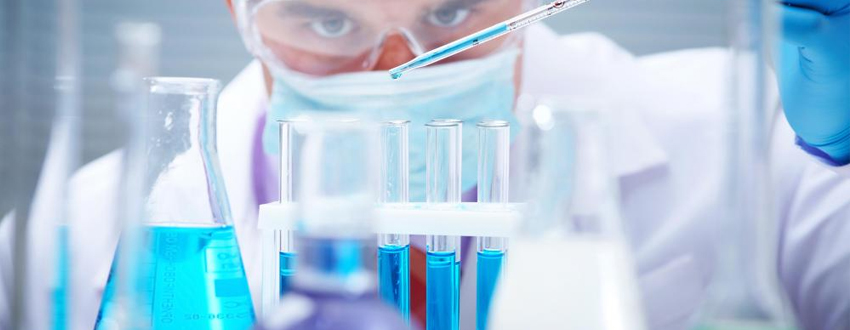In this contemporary world, the overall outsourcing expenditure has been increasing year upon year for the pharmaceutical industry, with a 6% upsurge in the number of companies spending more than $50 million per year on outsourcing their services. Now we can have a look at the main outsourcing trends that explain the rapid outsourcing expansion.
A Monumental Shift in Top Outsourcing Motivations
In the pharmaceutical industry, the top motivation for outsourcing the manufacturing of drugs like 3-Dimethylaminopropyl chloride hydrochloride 5407-04-5 is cost-savings. Recent studies have discovered that for most of the companies belonging to big pharmaceuticals, the top priority for outsourcing the manufacturing drugs is calculated as 54% for improved quality, 49% for better time-to-market and finally, 45% for low costs.
This shows that cost-savings are not a big motivator for pharmaceutical outsourcing when compared to the better quality. The recent attacks on big pharmaceuticals for their price fixing schemes and other similar public affairs, it is heartening to know that quality takes higher priority when it comes to outsourcing.
Lower Time-To-Market
Many pharmaceutical companies need to wait for years, or even decades, between the research and development phase of drug like 4-(2-Chloroethyl)morpholine hydrochloride 3647-69-6 to arrive in the market. Expanding research initiatives globally to an outsourcing company can extensively reduce the time for a drug to arrive at the market.
Outsourcing Can Help Accommodate Peak Loads
The expense for an hour of contractors should be balanced against the cost of hiring enough staff to handle the peak situations and then wasting time between peak periods. In the case of frequent peak loads, hiring many staffs may be more economic compared to outsourcing. But, if the peaks loads are occasional, outsourcing will help the company to save money else the contractors will gain money in spite of their higher cost per hour.

